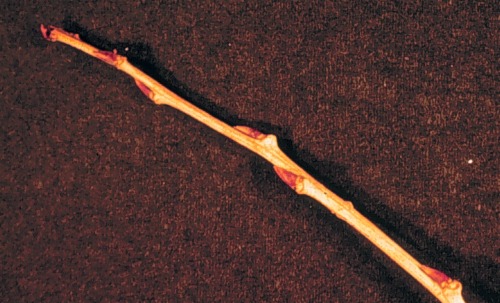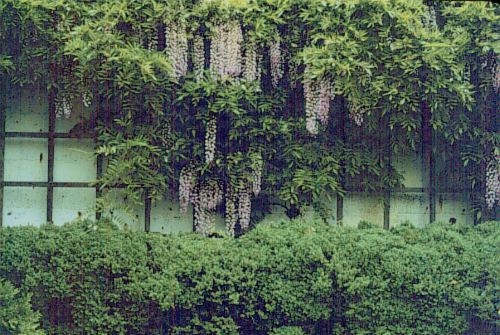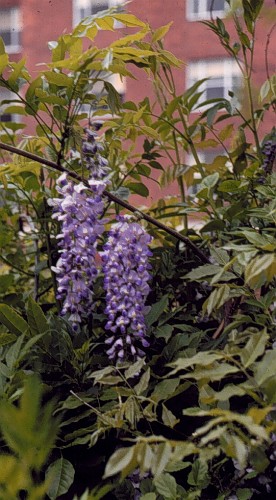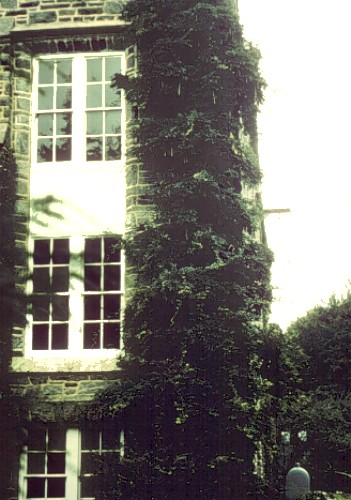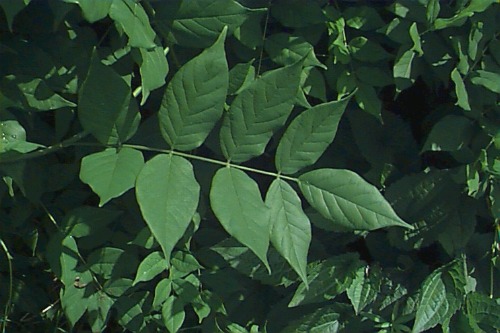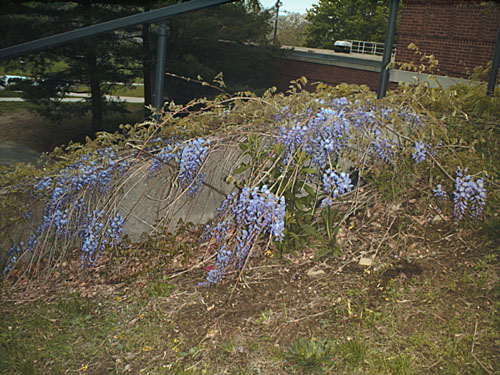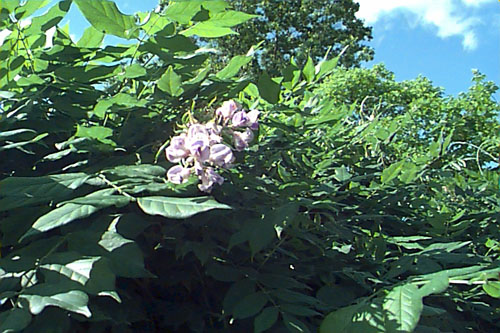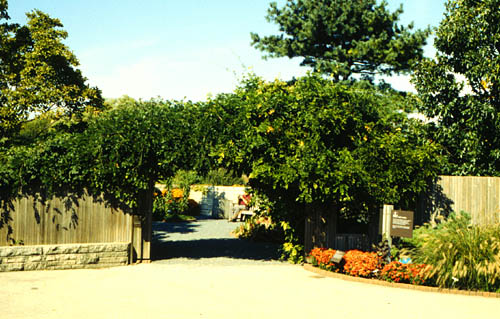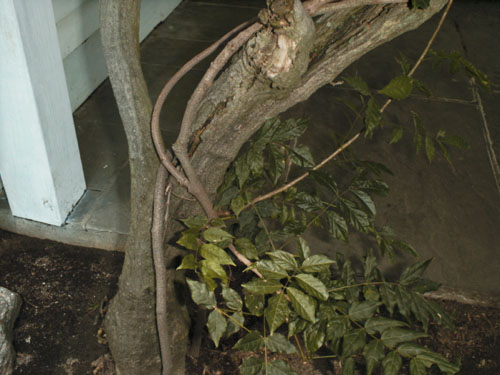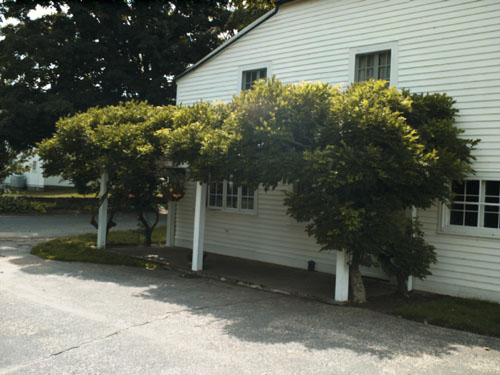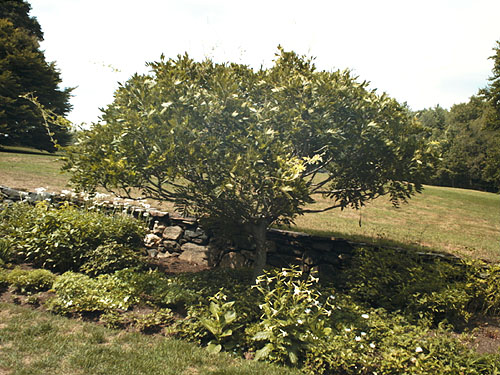Wisteria floribunda
Japanese Wisteria
Leguminosae
ExpandHabitat
- native to Japan
- hardy to zone 5
- Special Note: This species has demonstrated an invasive tendency in Connecticut, meaning it may escape from cultivation and naturalize in minimally managed areas. For more information, .
Habit and Form
- a climbing deciduous vine
- typically reaches heights of 35', but can grow higher.
- a hefty vine that climbs by twining around structures
- the vines circle in a clockwise fashion
- vines can grow to several inches in diameter
- strong, sturdy support structures are needed for this plant due to weight
- can be trained into a tree-like form
Summer Foliage
- odd, pinnately compound leaves
- leaves contain 13 to 19 leaflets
- leaflets are 10" to 15" long
- leaf arrangement is alternate
- young leaves are silky pubescent
- leaf color is bright green
- emerging leaves may be red-tinged
Autumn Foliage
- no color change
- perhaps a bit of yellow
Flowers
- bloom time is mid-may
- showy, pendulous clusters of pea-like flowers
- flower color is blue-violet to reddish violet
- flowers are fragrant
- flowers clusters are 8" to 20" long
- occasionally small flowers are borne later in the season on new growth
Fruit
- 4" to 6" long brown pods
- change to brown in October and persist
Bark
- old trunks develop picturesque fluted and muscle-like form
- bark is gray in color
Culture
- full sun
- moist, deep, fertile soils are preferred
- tolerant of many soils and relatively tough sites
- soil pH adaptable, even liking a higher pH
- can be difficult to get to bloom
- suggested flower inducing treatments include; root pruning, phosphorous fertilizer, and cutting back of shoots to 3 to 4 buds
- the best way to insure flowering is to use named cultivars selected for dependable bloom
- avoid seedling plants as they will likely be slow to bloom
Landscape Use
- specimen
- screen (if supported)
- over arbors
- can be trained into a small free-standing tree (standard)
- for dramatic flowering effect
Liabilities
- plant often fail to bloom reliably
- cold injury to flower buds
- a rampant grower that can be hard to contain
- needs heavy-duty support structures of pipe of 4X4 wood.
ID Features
- a twining vine, climbing by clockwise rotation
- easily confused with W. sinensis which has a counterclockwise rotation
- flowers open from the base to the apex, unlike W. sisensis where all flowers open more or less simultaneously
- spine-like projections at the base of each raised leaf scar
- smooth, fluted, muscle-like trunk
Propagation
- by cuttings
- by seed
- by grafting
Cultivars/Varieties
'Alba', 'Ivory Tower', 'Longissima Alba' and 'Snow Showers' - These are white-flowered forms with a heavy fragrance. The latter three forms feature flower racemes that may reach 2' long.
'Carnea' (also known as 'Kuchibeni') - An unusual plant, this cultivar offers pleasantly fragrant blooms that are colored white with pinkish tips.
'Issai' - This cultivar offers violet to bluish-violet flowers in 12" long racemes.
'Macrobotrys' - Notable for its very long racemes of reddish-violet, fragrant flowers, this plant has flower clusters that typically are just under 2' long (they can be 3' to 4' long).
'Rosea' - Rose-pink flowers that possess good fragrance grace this vine in spring.
'White Blue Eye' (also listed as 'White/Blue Eye') - Sometimes offered by specialty nurseries, this novel selection offers white flowers that are marked with a blue-violet blotch.
'Variegata' (also known as 'Mon Nishiki') - Various variegated clones are known by collectors. Most forms offer foliage splattered with cream or yellow that may fade to green in warm summer areas. The flowers are as per the species.
'Violacea Plena' - This selection has violet-blue, double flowers borne in clusters just under 1' long. They are not especially fragrant.
